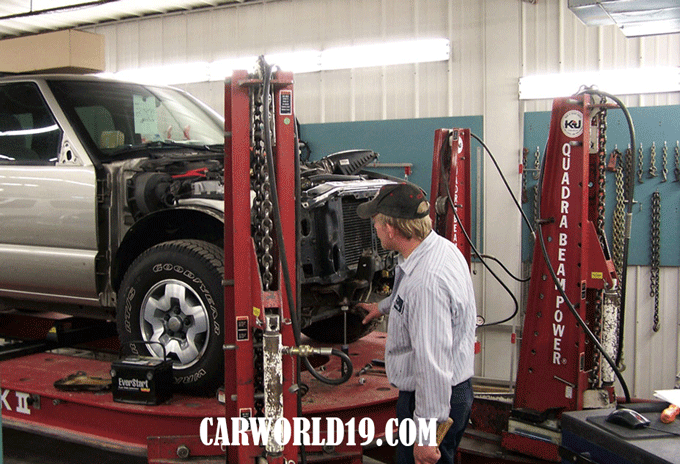Car brake control
Whether you drive a Mercedes or a Mazda, the safety of your vehicle is critical; even the safest vehicle on the planet can have brake failure. The repercussions of failing to maintain appropriate breaks in your vehicle might be fatal.
As a result, the brakes are most likely the most crucial component of your car. Car brake repair expertise is always useful since you never know when or if your vehicle's braking system will fail. If this occurs while traveling in the desert, miles from the nearest garage, you should be able to get help.
- Conduct a brake examination and resolve any issues.
- Know what it takes to fix a car's brakes.
- If at all feasible, repair yourself.
- If not, know how to convey the problem to someone who can fix your car's brakes.
To be able to do the tasks described above, you must first understand how a car's braking system operates.
To slow down the vehicle's speed, a drum system uses hydraulic pressure to force a pad against a brake drum. The following is how it works:
- the brake pedal is pressed
- The master cylinder's piston delivers pressure to the wheel cylinders within the braking drum through the brake lines held by the brake shoe.
- The friction between the shoe and the drum are preventing the wheel from rotating.
A brake drum is a hefty, flat-topped cylinder that typically sits between the wheel rim and the driving wheel. The friction material stored by the brake shoes is forced against the braking drum when you press the brake pedal. The rotation of the wheels will be slowed as a result of this. The brake pads are forced against the braking drum by pistons in a wheel cylinder, which is powered by hydraulic power from the master cylinder.
Another type of brake is the disk brake, which uses hydraulic pressure to force a pad against the rotor. This causes the car to slow down. The following is how it works:
- the brake pedal is pressed
- The master cylinder's piston is triggered, and pressure is sent to the caliper through the brake lines.
- When the pad makes contact with the rotor, friction is formed, and the wheel is stopped from rotating.
A rotor is just a circular plate that the brake pads grab to slow the car down. A friction pad is a brake pad that is formed of friction material. When forced on the rotor, the wheel comes to a halt. This pad is held in place by the caliper, which uses hydraulic pressure from the brake lines to straddle the rotor. Internal pistons assist in pressing the brake pads against the rotors.
This operation necessitates the use of brake fluid by the braking system. The master cylinder does this by spreading brake fluid under pressure throughout your vehicle's complete braking system.
The above overview explains how two separate automobile braking systems operate. These are the first things you should know about troubleshooting and repairing braking problems in your car. Brake difficulties may occur in any car, including Cadillacs, Volkswagen's, and even the safest brands.
Several free websites provide step-by-step directions for repairing any braking difficulties that your car may experience. I propose that you look up 'vehicle auto brake repair' on the internet. The list of brake repair resources that appears in seconds will astound you.

